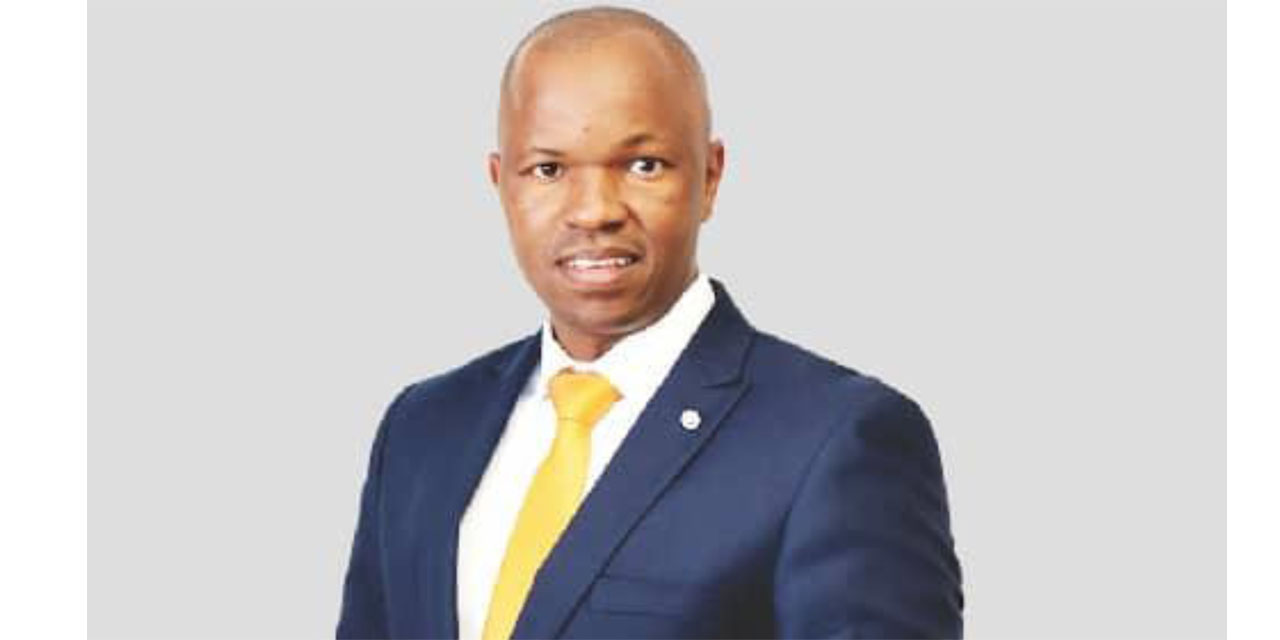Tujoromajo Kasuto
Simonis Storm Securities has hinted that vehicle sales are likely to stay on an upward trajectory as commodity prices continue to fall until mid-2023, and the supply of new vehicles from foreign factories should increase beginning in mid-2023, along with ongoing spending momentum from last year.
According to Theo Klein, the firm’s Economist, commercial cars in particular should experience increased sales due to favourable mining and transportation sector development estimates for 2023, as well as the installation of green hydrogen projects along the coast.
He predicted that shipping costs would continue to fall as the Rand strengthened as a result of the lower US dollar in the first half of this year.
Furthermore, Simonis anticipates that the interest rate hike cycle in Namibia will stop in the first quarter of 2023, and that the combination of these variables should restrict new car price hikes to some extent while maintaining affordability for local buyers.
This comes as vehicle sales increased by 29.7 percent on an annual basis but fell by 8.6 percent on a monthly basis in December 2022.
In December 2022, 952 units were sold, which was lower than the 6-month moving average of 1,045 units sold in November 2022.
Medium commercial vehicles contributed the most to the yearly rise, increasing by 94.4 percent in December 2022, followed by heavy commercial vehicles, which increased by 40 percent, and passenger cars, which increased by 39.2 percent.
“During 2022 a total of 10,923 units were sold, 15.9% higher than the 9,427 units that were sold in 2021 and exceeding the 10,415 units sold in 2019 (Figure 3). Annual sales were split 51% for passenger vehicles and 49% for commercial vehicles (Figure 4). This was despite Namibia being in an interest rate hiking cycle and high commodity prices and shipping costs, together with a weak Rand exchange rate, leading to an average of 5% increase in vehicle prices across different brands during 2022,” notes Klein.
He further adds that this provides an indication of some job recovery that took place in 2022 (supported by medical aid data from Namfisa) and that spending power remains surprisingly resilient to an extent as car brands across different income levels on average recorded an increase in sales during 2022.
An improvement in vehicle sales also came about despite local dealerships battling with supply chain issues which have led to major backlogs in customer orders.
Additionally, he says that banks are viewed as being risk averse, given that numerous car loan applications were rejected for customers trying to buy vehicles from low to high-end brands.
Thus, vehicle sales would have been higher in the absence of these constraints.
“The improvement in vehicle sales correlates with positive growth rates recorded in the wholesale and retail sector throughout 2022, expanding by 0.8% y/y, 0.6% y/y and 10.2% y/y in 1Q2022, 2Q2022 and 3Q2022 respectively.
Consumption spending has been somewhat resilient last year, despite inflationary pressures and rising interest rates when comparing vehicle sales in 2022 to 2021,” Klein adds.




